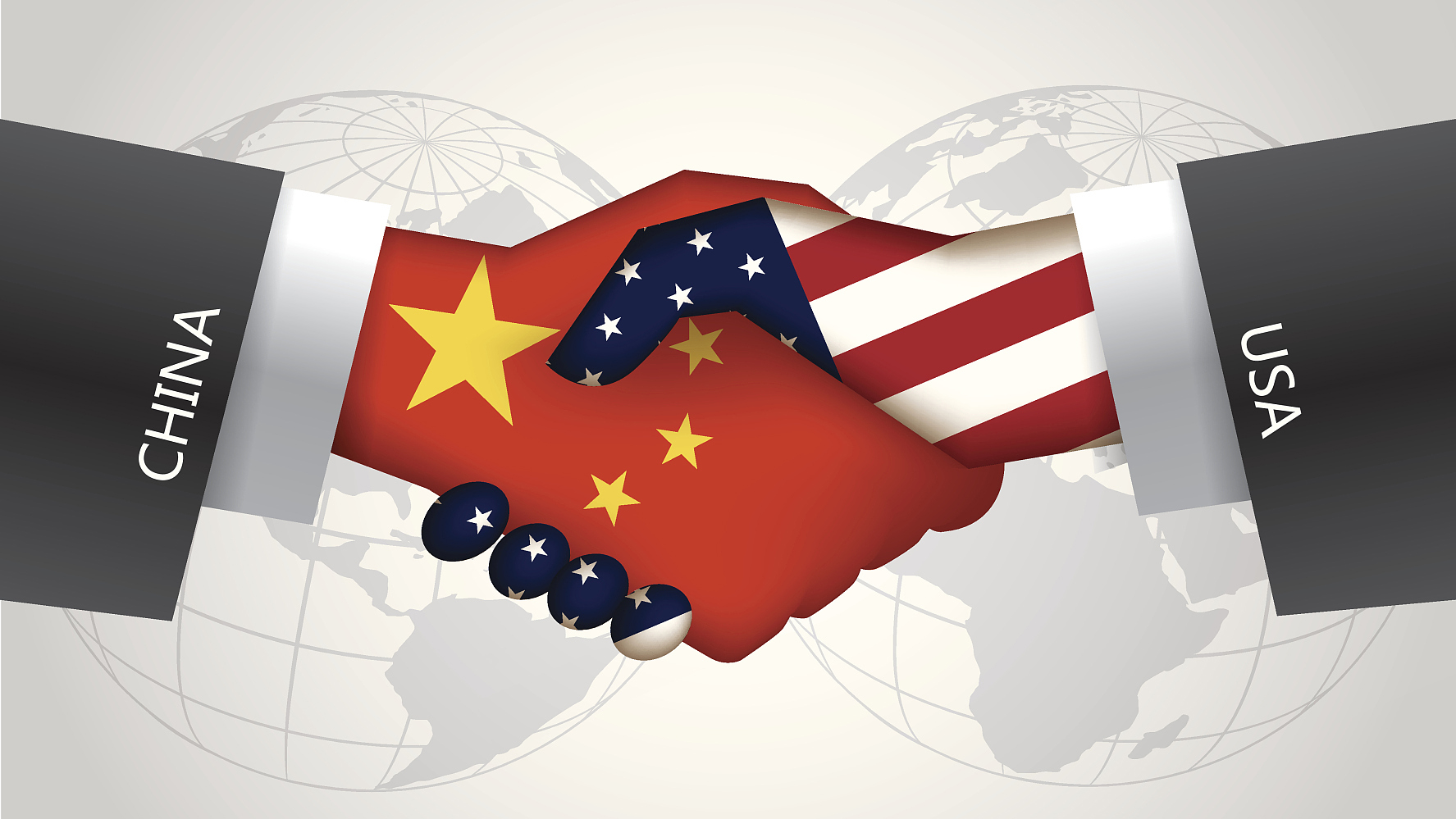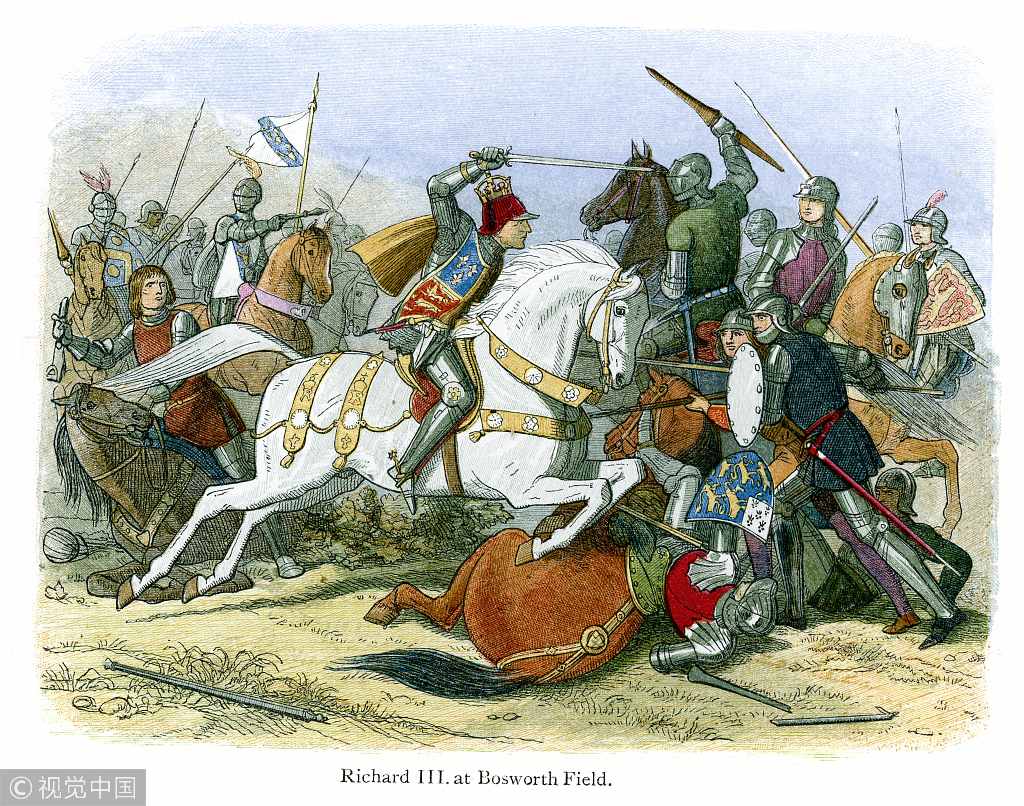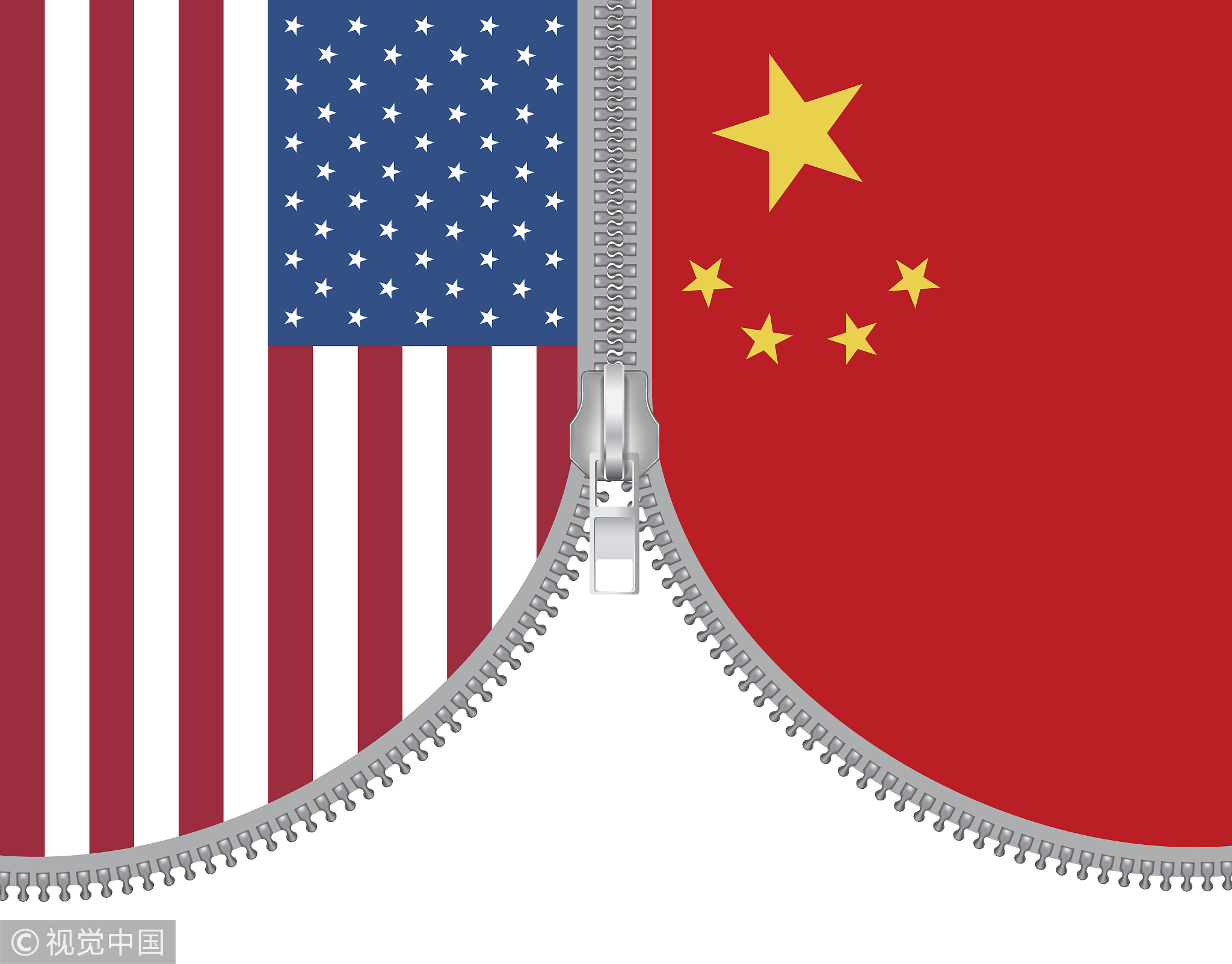
Opinion
12:29, 23-Jan-2019
Opinion: Building a new model for relations between large nations
The Heat
01:23

Forty years of soaring development has enabled China to become one of the most significant powers on the world stage. Graham Allison, Douglas Dillon Professor of Government at Harvard University, unravels his model of Thucydides trap where the rising power starts to challenge the existing dominant power.
In his book, “Destined for War: Can America and China escape Thucydides's Trap?” Professor Graham Allison reviews the cases throughout history when two countries compete for the title of world leader. His finding is pessimistic – a war is usually inevitable. Out of the 16 times that a rising power has competed with a dominant power, 12 of them ended in war, and only 4 had no massive armed conflict.

The history of war /VCG Photo
The history of war /VCG Photo
Allison further explains the purpose of his book is to teach the world a lesson from history. Initially, the term stems from the Peloponnesian War, as Thucydides regards the cause of the war was the rise of Athens and the fear of Spartans.
Throughout history, the rising power and the dominant power usually are not aggressive to each other at first. Most of the wars are because of a third-party action that triggers the overlapping interest. For example, in 1914, the assassination of Archduke Franz Ferdinand initiated the First World War between Germany and Great Britain. The Korean War in 1950 which dragged both China and the United States was another case where both countries were brought into conflict from another outside factor.
Eyes on today, though both the U.S. and China do not have any intention to start a war with each other, but third-party risks are significant.

China-U.S. cooperation is important. /VCG Photo
China-U.S. cooperation is important. /VCG Photo
How to avoid a “destined” confrontation between the U.S. and China, Allison draws inspiration from two of the cases. The rise of the United States in the late 19th century and the cold war period in the mid-twentieth century are examples that war was avoided.
Chinese scholars wish that the United States could accept a peaceful receding in the future as the United Kingdom did in the 19th century, while the U.S. policymakers are now driving the relationship towards a Cold War 2.0. Now, the rapid development of China has brought new competitions in every industry in the world.
The U.S. strategic expectation for the rise of China is that China will develop in the way the U.S. did in the past. However, China diverges from the path that the U.S. expected.
The previous policy of building a similar strategic partnership with China has failed, and now the U.S. lacks a coherent foreign policy on bilateral relations with China.
To avoid the Thucydides Trap, Allison calls for more imagination on the relationship between great powers. John Kennedy pursued a “World safe for diversity” during and after the Cuba Missile Crisis.
Zhou Enlai's famous commitment to “peaceful co-existence” secured the early days of China's peaceful rise. These political ideas contributed to a stable relationship between a rising power and the dominant power.
Allison, therefore, welcomes Chinese President Xi Jinping's notion of “building a new model of major-country relationship.” He suggests that the U.S. should embrace the idea and put more focus into relations between the two countries. Scholars from both the United States and China should work together to make the joint design of this new relationship between China and the U.S.
(If you want to contribute and have specific expertise, please contact us at opinions@cgtn.com.)

SITEMAP
Copyright © 2018 CGTN. Beijing ICP prepared NO.16065310-3
Copyright © 2018 CGTN. Beijing ICP prepared NO.16065310-3